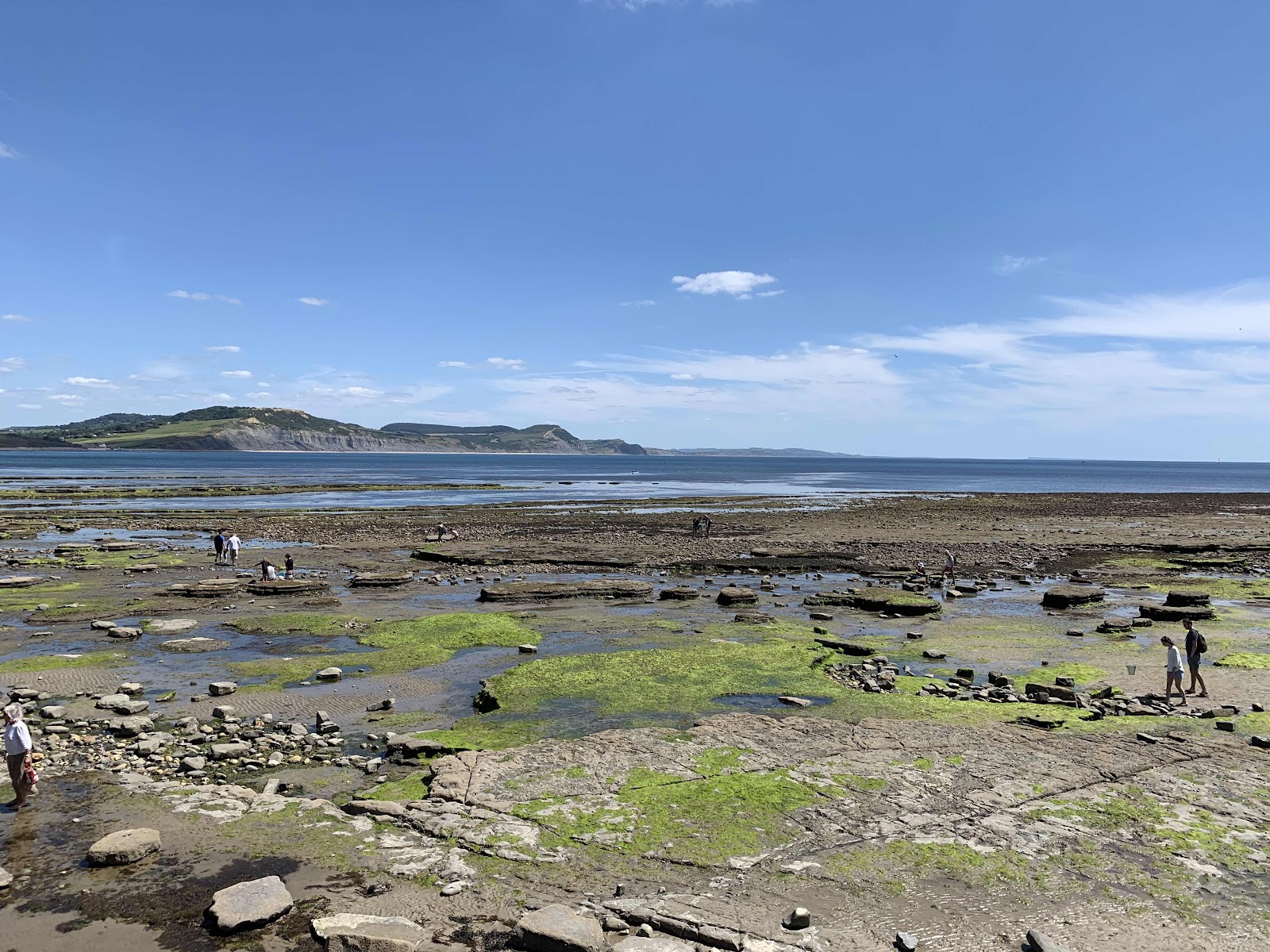In and Out
Sir Isaac Newton first explained how the tides are caused by gravitational effects in 1687. Of course for him to be able to explain these he needed first to have explained the phenomenon of gravity itself.


Finally we need to consider the role of the Sun. The most massive object in the solar system, it’s distance from the Earth results in a smaller gravitational effect. It is still significant.
There is evidence of philosophers in earlier times de cringing the effects of gravity on the oceans. For instance Seneca the Younger a Roman philosopher (4BC to 65AD) recognised that the tides were in some way linked to the Moon. He wrote, In point of fact, their growth is strictly allotted; at the appropriate day and hour they approach in greater volume or less according as they are attracted by the lunar orb, at whose sway the ocean wells up.
This attraction that he speaks of is what Newton described over 1600 years later.
To understand the tides we firstly need a working understanding of gravitational force. Gravity is a non-contact force. This is a force that acts between two objects that are at a distance as contrasted by a contact force such as friction.
Every object in the universe is made of ‘stuff’ and this ‘stuff’ has mass. This mass attracts all other mass, this is gravity. The greater the mass the more gravitational attraction that the mass exerts. This means that when I jump up in the air my mass attracts the Earth and the Earth having its own mass attracts me. The Earth has considerably more mass than me so it’s gravity is much stronger and therefore I get pulled towards it.
In our Solar System large objects such as the Sun and the planets all exert gravitational forces that control the orbits and movements of the objects.
Ok so that is gravity. All we really need to know is that massive objects pull other objects towards them.
So what has this ho to with tides?
Well, we need to consider three massive objects. These are the Sun, Earth and Moon. The Moon is the principle player in the tides. It is the least massive of the three celestial bodies but it’s relative closeness to the Earth means that it’s mass exerts a gravitational pull on the Earth.
This pull is strong enough to literally pull the fabric of the Earth towards the Moon. Large bodies of water like the planets oceans being fluid are affected more strongly and are pulled towards the Moon causing a lump or bulge. This is a high tide.
Consider the picture in the Figure 1 - the Moon is on the left hand side of the Earth and is pulling the water towards it causing a bulge on that side of the Earth. That makes sense. As the Earth spins on its axis once every 24 hours then this ‘bulge’ moves across the Earth’s surface producing rising and falling tides. In the diagram the tides at 90 degrees to the Moon are low tides.
What is more difficult to explain is the high tide on the opposite side of the Earth to the Moon. At this point the water on this side is ‘feeling’ the least amount of gravitational pull from the Moon. As often with physics everything gets a bit complicated as other forces are involved. The net result of the interaction of this forces is that the force exerted on the water on the opposite side is in the direction opposite to the Moon causing a high tide on this side as well. This is explained in detail by the National Oceanic and Atmospheric Agency (NOAA) https://tidesandcurrents.noaa.gov/restles3.html
As the tides rely on the Moon this means they follow the lunar orbit. This is longer than a 24 hours as the Moon orbits the Earth in the same direction as the Earth rotates on its axis. This fact means that there is approximately 12 hours 25 mins between adjacent high tides.
The tides are also affected by the size of the waterways, coastlines and channels. This causes the water to flow differently, moving quickly in some areas and more slowly in others this means that the size of the tides and the speed of the currents change depending on the location.
Finally we need to consider the role of the Sun. The most massive object in the solar system, it’s distance from the Earth results in a smaller gravitational effect. It is still significant.
When the moon is full or new the positions of the Sun, Earth and Moon are aligned and this means the gravitational effects are combined and the effect is bigger high tides and lower low tides. These are known as spring tides. When the moon is half full the Sun and Moon are at 90 degrees to each other and the effect is reduced. These are known as neap tides.
So that’s tides.
It is amazing to consider that this phenomenon also affects the Earths crust. These are called land tides and can change the surface of the Earth by 30cm a day and can be responsible for triggering earthquakes or volcanic eruptions.

Comments
Post a Comment